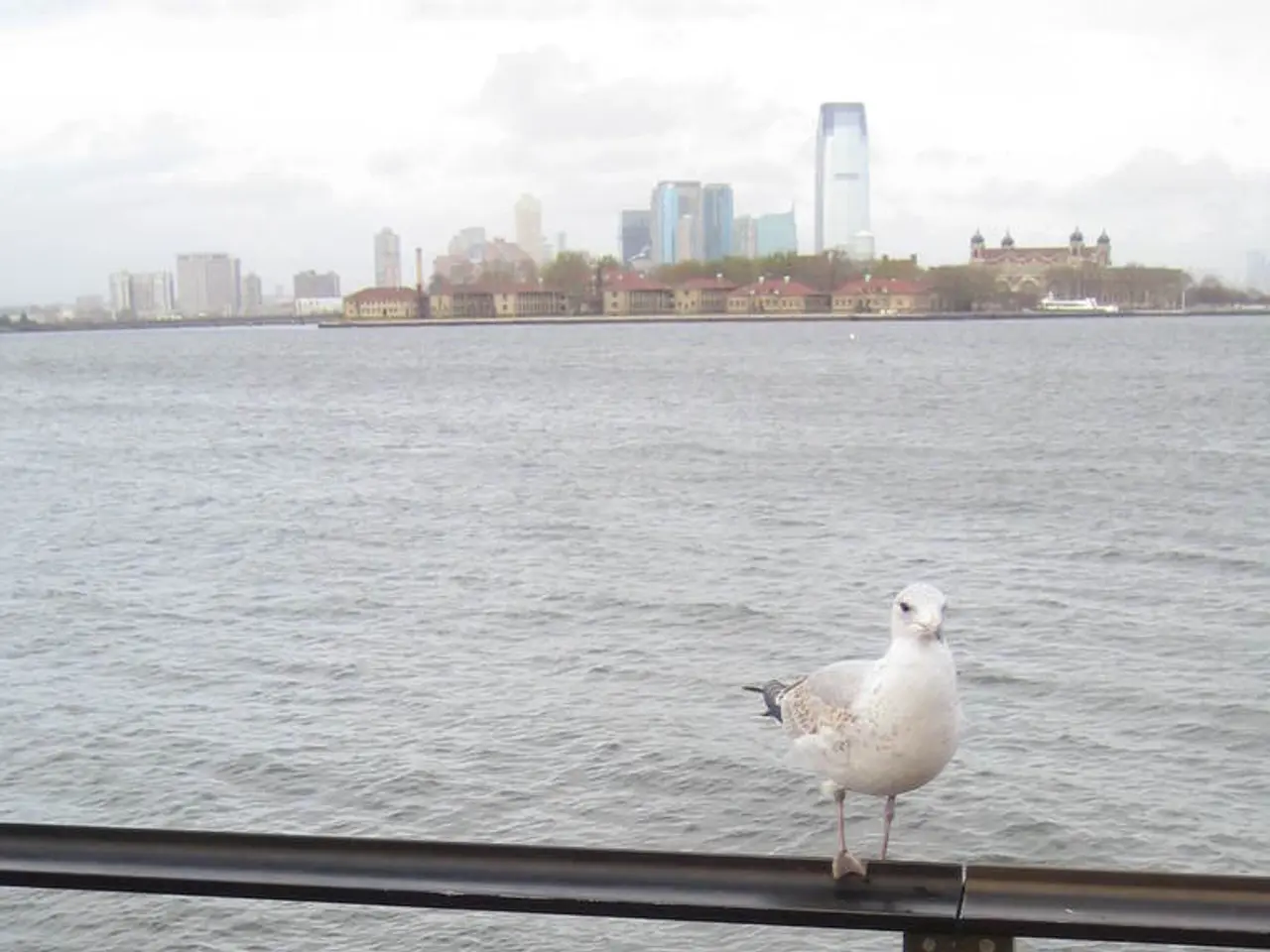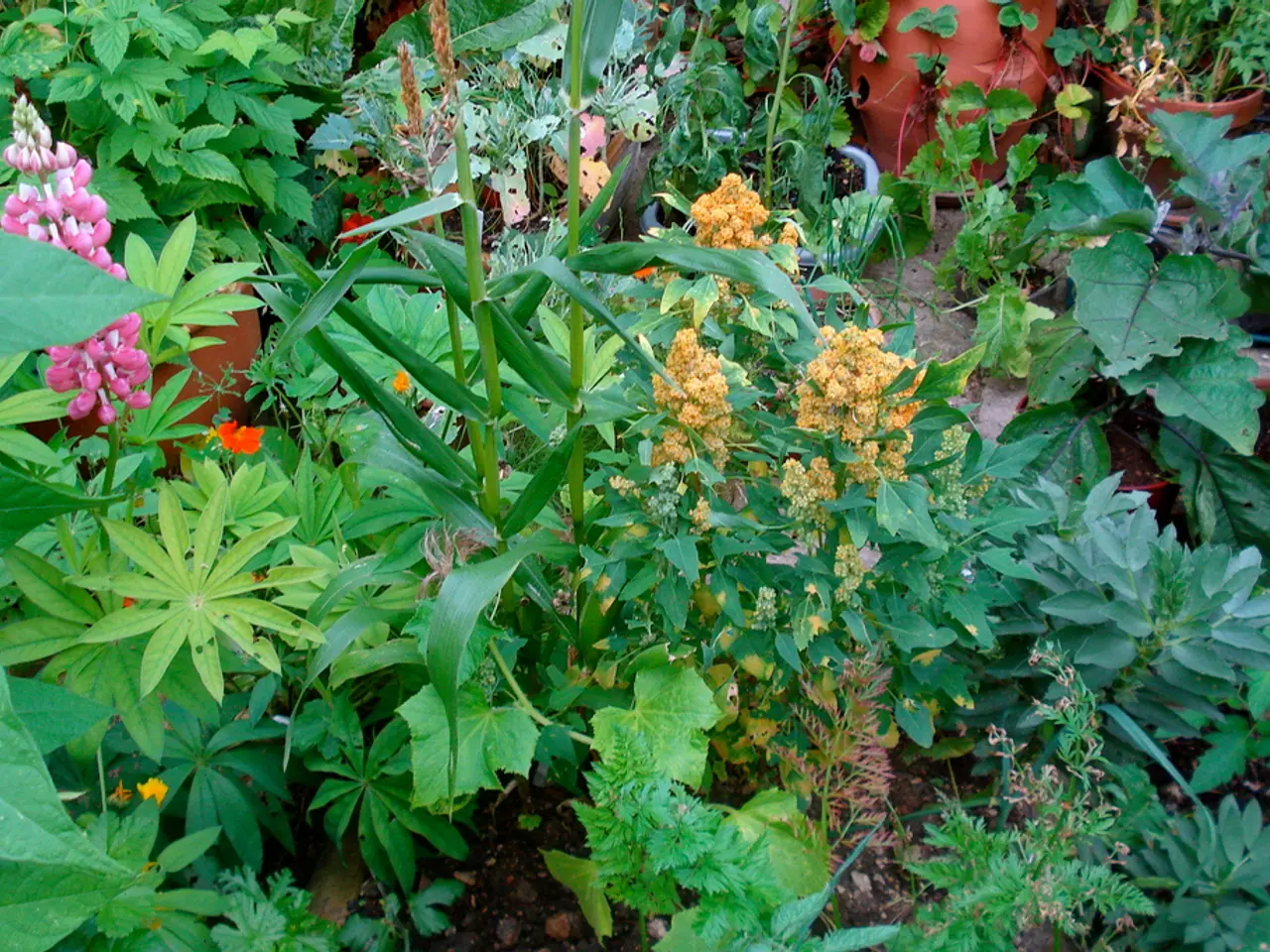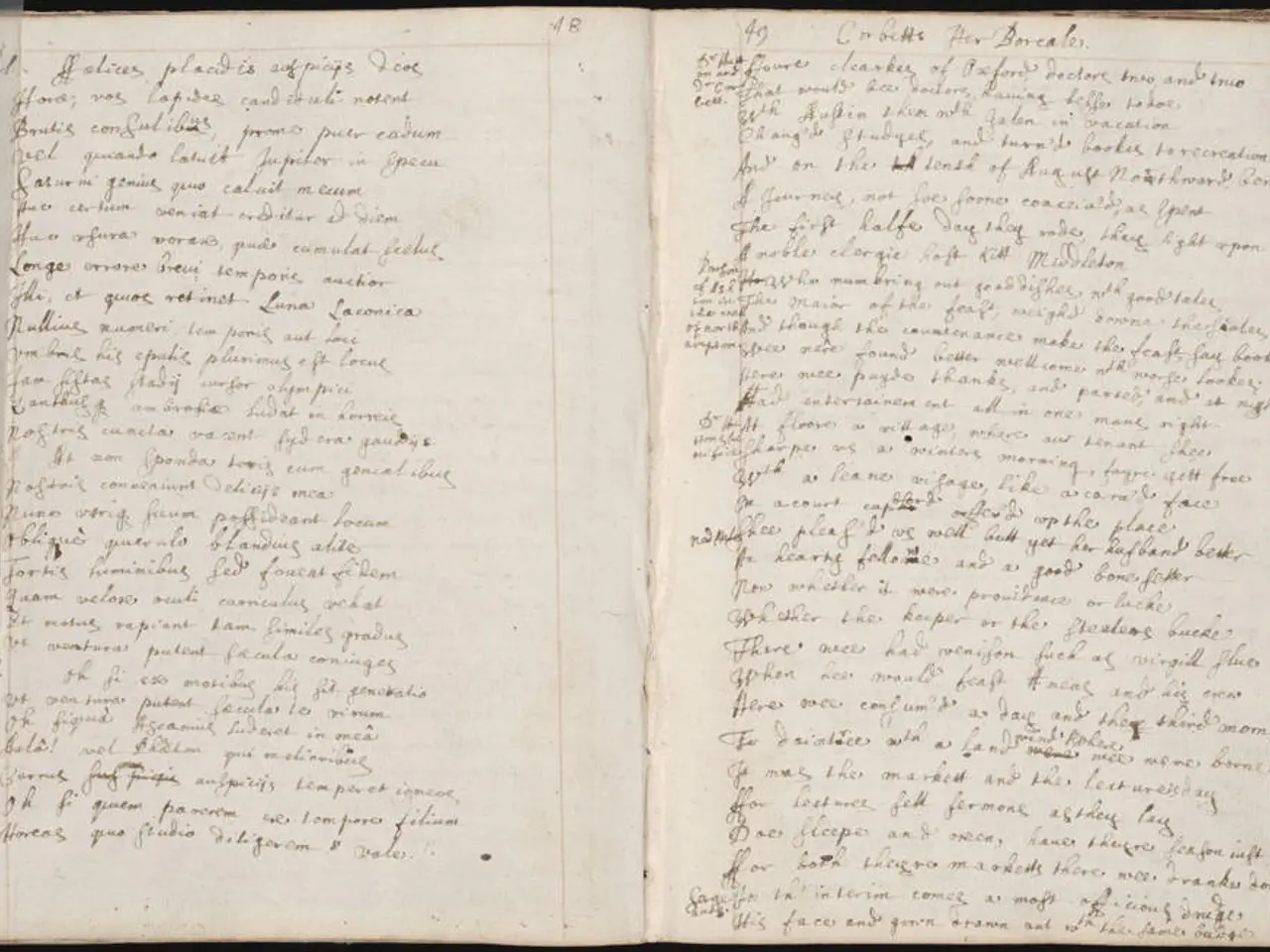Digging up the shovel in January may cause more damage than growth in your garden.
As the days grow short and the view from the window turns bleak, with bare branches, skeletal silhouettes, and brown dominant colours, it might seem that the garden lies dormant. However, for the dedicated gardener, January in the UK offers a unique opportunity to engage in mindful gardening practices that benefit both the garden and local wildlife.
Contrary to the urge to garden during this season, it is essential to remember that winter is a time for planning and thinking, not for active gardening. The ground is often frozen solid, water-logged, or a combination of the two, making it unsuitable for most horticultural tasks. Instead, gardeners are advised to focus on tasks that are gentle, low-impact, and wildlife-friendly.
One such activity is pruning trees and bushes. With most plants dormant during winter, pruning can be carried out without stressing the plants, allowing you to maintain their health and shape. This is a key actionable tip from UK garden experts like the Royal Horticultural Society.
Another important aspect of winter gardening is planning and preparation. This is the perfect time to sketch your ideas for the coming growing season, plan your rotations for future vegetable gardening, and prepare seed trays indoors for early sowing. Some vegetables, such as peas, can be sown indoors or in a protected environment in January for early shoots, providing support for food growing without disturbing wildlife.
In addition, it is crucial to avoid disturbing wildlife habitats during winter. Many garden animals, such as birds, hedgehogs, and insects, are hibernating or less active. It is recommended to leave leaf piles, dead wood, and hedges undisturbed as they provide essential shelter.
Instead, consider providing food and water for wildlife. A simple act like filling bird feeders with seeds and fresh water can help wildlife through scarce winter resources. This practice not only benefits local fauna but also adds a touch of life to the garden.
Remember, a little mess in the garden at this time of year can be beneficial, especially for wildlife. The mess provides shelter for tiny critters and contributes to the overall biodiversity of the garden.
For those aiming for self-sufficiency in fruit and vegetables, now is the time to start seed shopping for the upcoming season. As the days grow longer and the weather warms, the garden will come to life once more, and the fruits of your planning and preparation will become evident.
So, while the garden may appear dormant, there is much to be done for the conscientious gardener in January. By pruning carefully, supporting wildlife, and planning for the future, you can enhance both the health of your garden and the wellbeing of local fauna. And who knows, you might even find the most useful thing you can do for your garden during winter is to make a cup of tea and read a gardening book.
In winter, pruning trees and bushes can maintain their health and shape without stressing the plants. This is an activity recommended by UK garden experts like the Royal Horticultural Society. Apart from pruning, January is also an opportunity for planning and preparation for the coming growing season. Sketching ideas, planning rotations for vegetable gardening, and preparing seed trays indoors for early sowing can be done during this period. Additionally, providing food and water for wildlife can help them through scarce winter resources, which not only benefits local fauna but also adds life to the garden. Furthermore, it is essential to avoid disturbing wildlife habitats during this season as many garden animals are hibernating or less active. Instead, making a cup of tea and reading a gardening book could be the most useful thing a conscientious gardener can do during winter.




